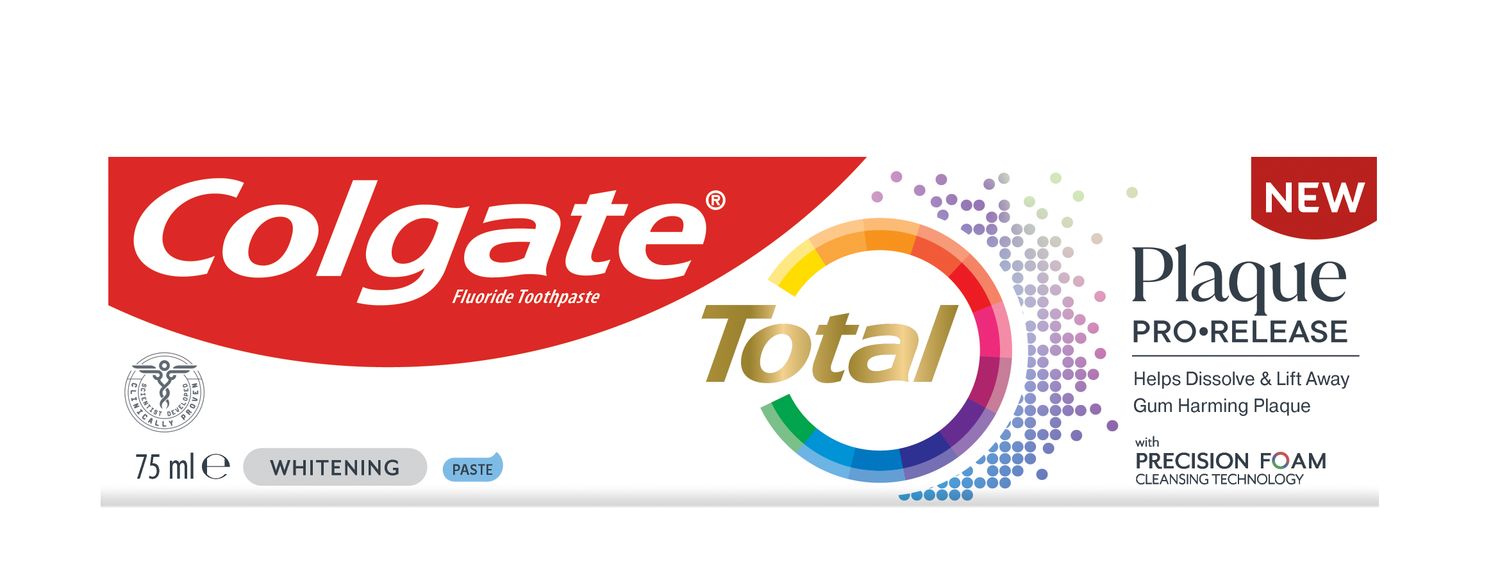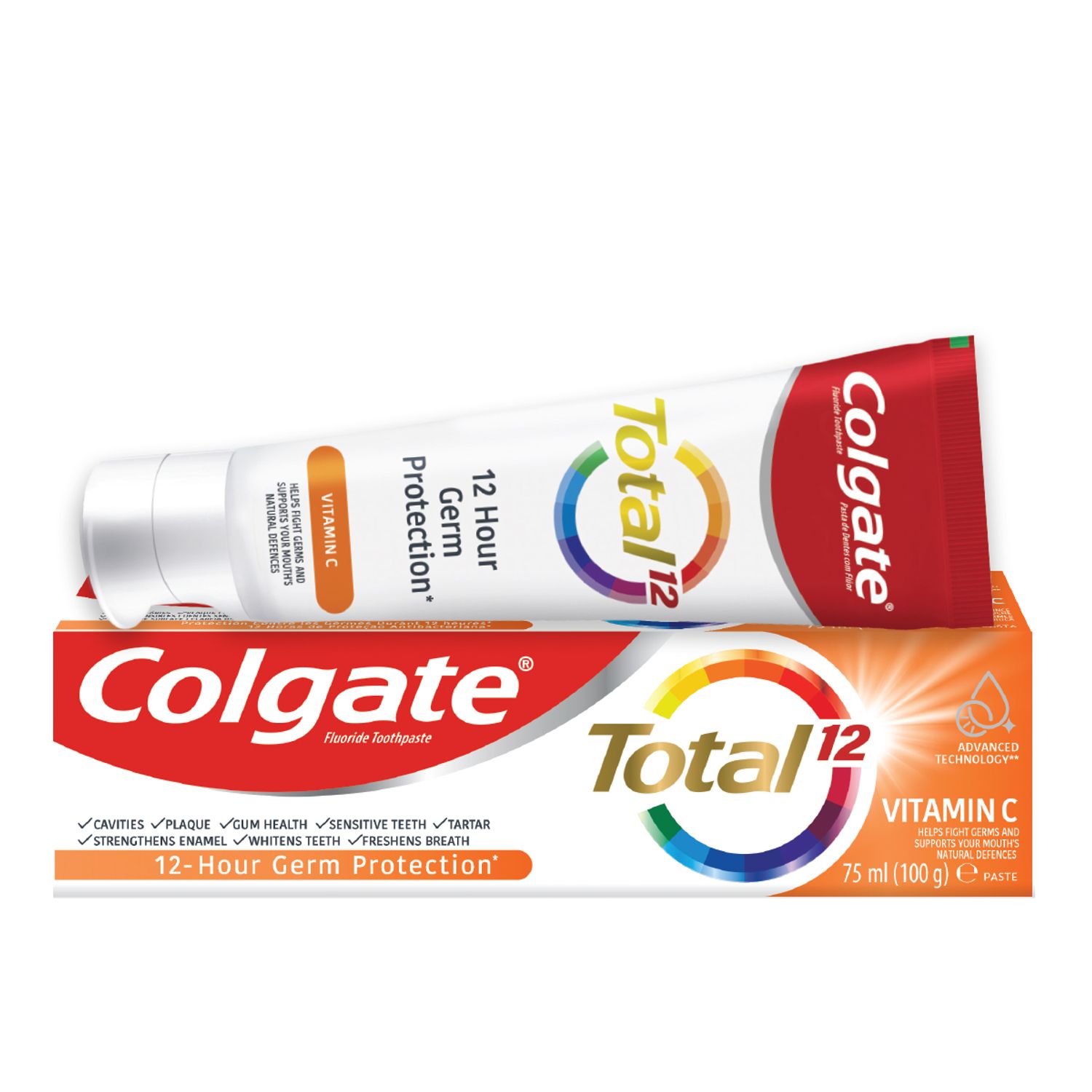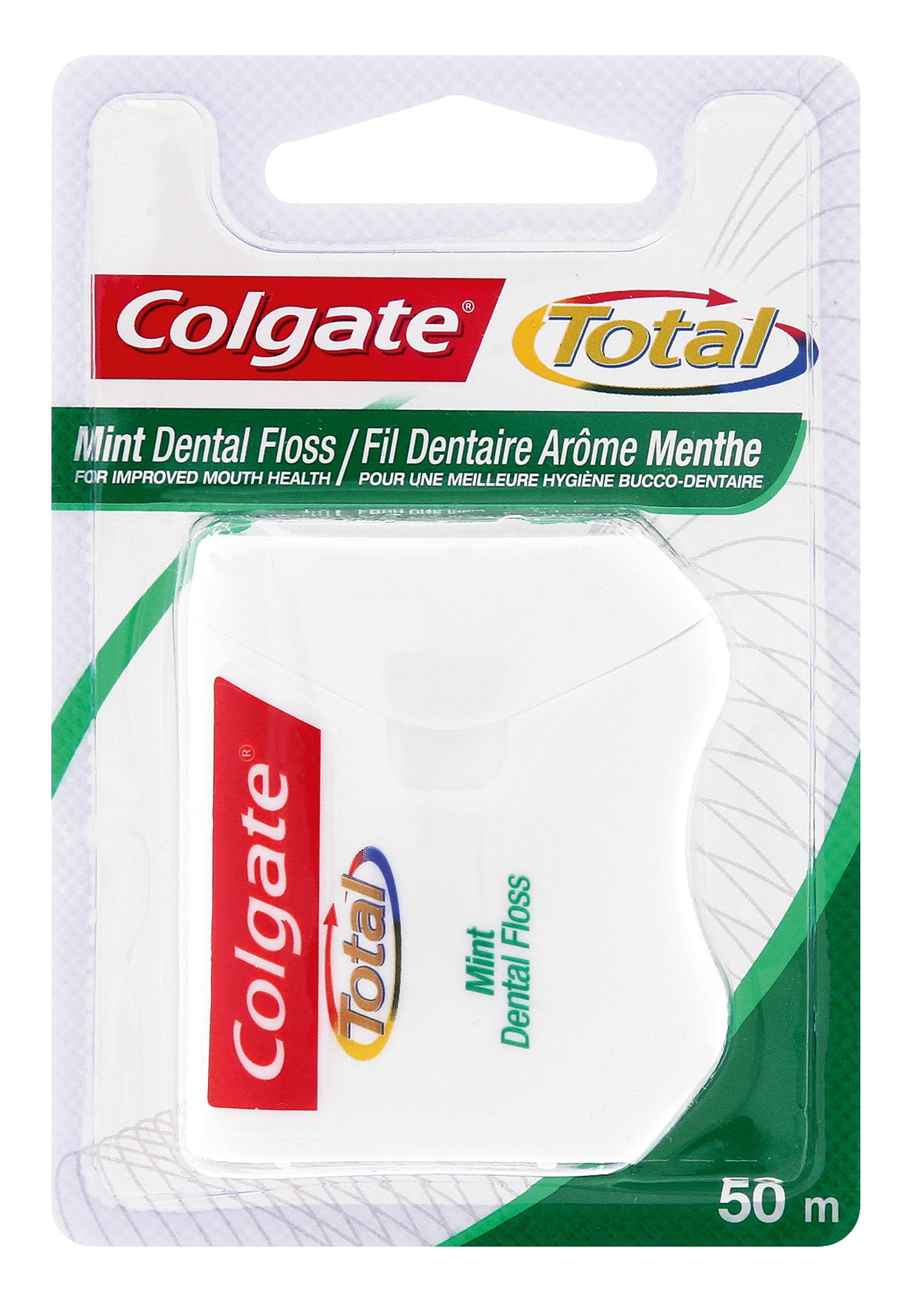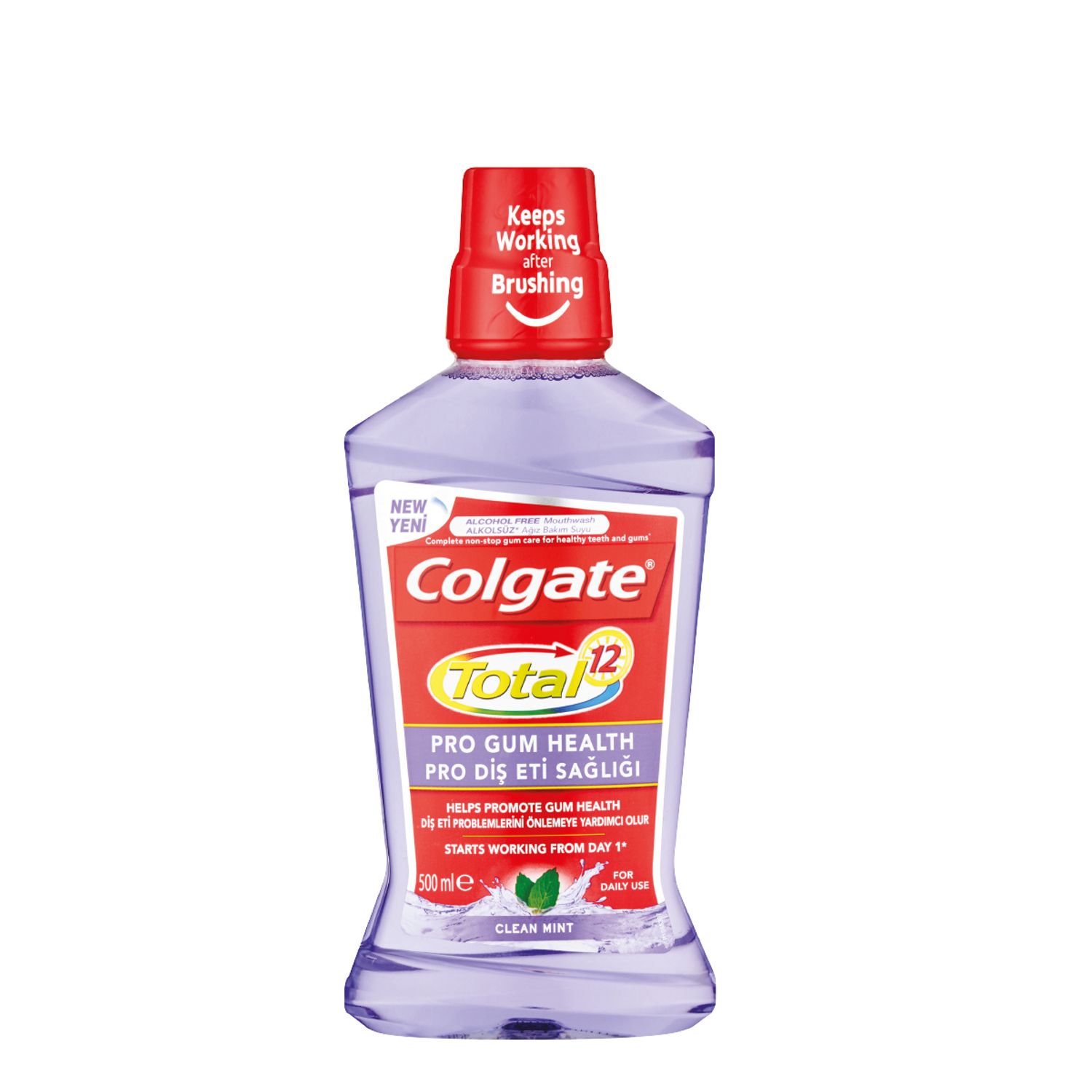-
-

CAVITIES
Can You Heal A Cavity At Home?You feel a sharp pain when you bite down or try to eat. You think it's a cavity, but you're not 100 percent sure...

BAD BREATH
How To Cure Bad BreathMore commonly known as bad breath, halitosis is an embarrassing hygiene issue that nobody wants, but some of us get every now and then...
-
Science & Innovation
- Colgate® | Toothpaste, Toothbrushes & Oral Care Resources
- Oral Health
- Cracked Tooth Syndrome
- Detecting And Treating A Cracked Tooth
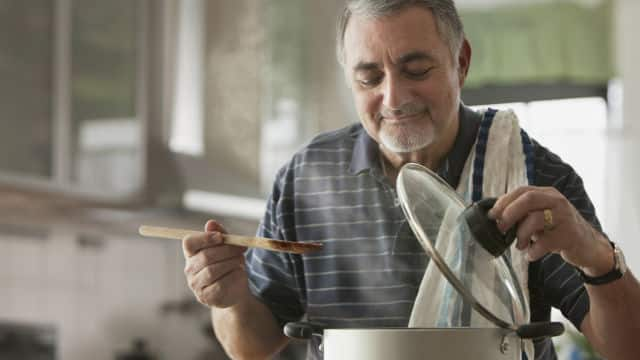

Some dental issues such as a knocked out tooth or a broken crown are pretty hard to miss. And while you may think that a cracked tooth would also be difficult to overlook, the truth is that many people have trouble spotting this dental problem. To give yourself a better chance at recognizing a tooth fracture, take a look at the common causes and symptoms behind cracked teeth.
What Causes a Tooth to Crack?
Several behaviors and incidents can lead to a crack, also known as a fracture, in one of your teeth. In some cases, simply chewing on a hard object or type of food such a candy or ice can cause a crack to develop. Habits that are sometimes related to stress, including tooth grinding or jaw clenching, can also make your teeth more susceptible to fractures. Occasionally, an accident or forceful trauma may lead to a cracked tooth.
What Are the Signs That Your Tooth is Cracked?
A crack in your tooth can be hard to detect simply because these fractures are often invisible to the human eye. In fact, hairline cracks may not even appear on X-rays. So how can you tell if your tooth is fractured? Look out for localized pain that flares up when you bite into food or when you expose your teeth to hot or cold temperatures.
What Steps Should You Take?
There are several treatments that your dentist can use to repair a cracked tooth, including bonding, placing a crown or performing a root canal. The type of treatment your dentist recommends will depend on the location and severity of the tooth fracture, so it's best to schedule an appointment as soon as you suspect that you may have a crack in your tooth.
Related Products

Helping dental professionals
More professionals across the world trust Colgate. Find resources, products, and information to give your patients a healthier future






